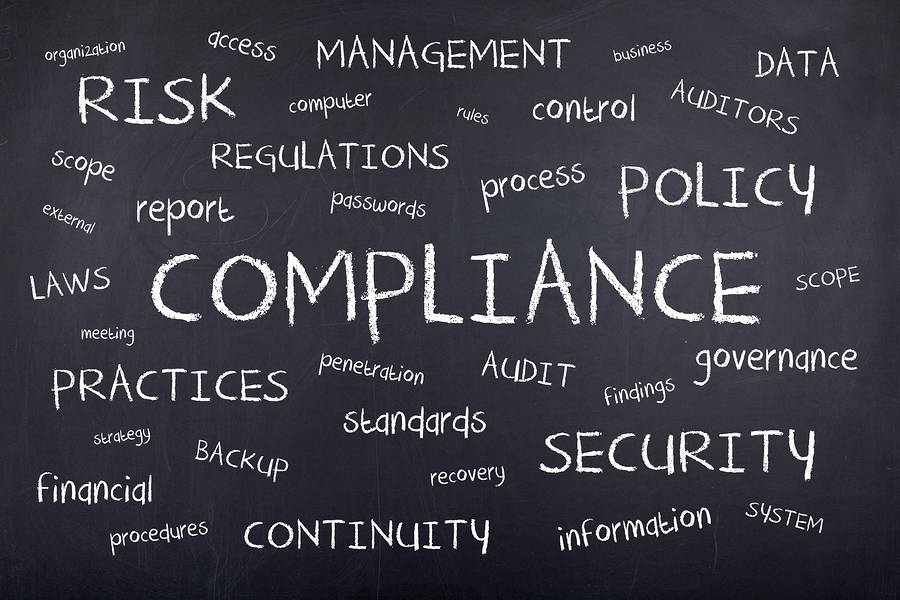
Lone Worker Legislation & Policy in Canada
Here are the acts and regulations on lone working in Canada, covering all relevant policies and legislation, along with guidance from the Canadian Centre for Occupational Health and Safety (CCOHS).
The Canadian Centre for Occupational Health and Safety (CCOHS), Canada’s national worker protection agency, defines a lone worker as “a person is ‘alone’ at work when they are on their own; when they cannot be seen or heard by another person.”
While there are no specific federal laws mandating lone worker monitoring, The Westray Bill (Bill C-45) addresses employer responsibilities and applies to the Code of Liabilities for Corporations. Introduced in 2004, this amendment to the Canadian Criminal Code imposes strict penalties for workplace health and safety violations resulting in injury or death. Non-compliance with Work Alone Regulations may lead to higher WCB premiums, fines, legal actions, or even criminal charges for the responsible organization or individual. Another federal law is Part II of the Canada Labour Code. While both the Canada Labour Code and the Westray Bill are integral to Canada's occupational health and safety framework, the Westray Bill tends to only be used in incidents of gross negligence. It is the Canada Labour Code that is more frequently referenced and utilized in legal proceedings related to workplace incidents in a federal jurisdiction.
From Part II of the Canada Labour Code we have a very significant piece of Canadian legislation: The General Duty Clause.
Canada’s regulations vary by jurisdiction, encompassing one federal, ten provincial, and three territorial authorities. Several provinces require employers to consider lone worker safety through health and safety legislation that outlines the roles and responsibilities of employers, supervisors, and workers. However, Ontario, Nova Scotia, and Yukon have no specific regulations on lone workers, so employers must consider regional requirements when developing their policies.
The CCOHS offers valuable resources on lone worker safety, available at: CCOHS – Working Alone.
Please see the legislation for each province in their own page below.

Legislation for Lone Working in British Columbia

Legislation for Lone Working in Alberta

Legislation for Lone Working in Quebec

Legislation for Lone Working in Saskatchewan

Legislation for Lone Working in Manitoba

Legislation for Lone Working in Ontario

Legislation for Lone Working in Yukon

Northwest Territories and Nunavut Safety Act

Legislation for Lone Working in Newfoundland and Labrador

Legislation for Lone Working in New Brunswick

Legislation for Lone Working on Prince Edward Island

Understanding Canadian Work Alone Monitoring Legislation
Assessing Risk in Your Workers
When employees work alone or in remote or isolated areas, employers must carefully consider various factors to meet their duty of care for staff safety.
Who is at Risk?
Extra precautions are needed for workers operating solo or away from a central office, as unfamiliar and unexpected situations can heighten the risk of accidents or violence. Roles at risk include:
- Real estate agents
- Social workers
- Inspectors
- Enforcement officers
- Home or health care workers
- Service or repair workers
- Sales personnel
Examples of High-Risk Activities
Certain tasks expose workers to elevated risks due to their nature, such as:
- Working at heights
- Entering confined spaces (e.g., tanks, grain bins, culverts)
- Handling electricity or other hazardous energy sources
- Using hazardous substances
- Operating dangerous equipment, like chainsaws or firearms
- Home visits for Healthcare workers
Employer Responsibilities
Remote and isolated work often involves lone workers. Assessing each role and situation is essential to ensure employee safety. Employers can:
- Establish a check-in procedure (refer to Working Alone – General for more details)
- Offer training on avoiding violent situations and resolving conflicts
- Enable a “buddy system” for high-risk scenarios, making sure employees know this option is available
- Share information on high-risk geographical areas with staff
- Restrict visits to high-risk areas or clients to specific times of day
- Maintain client records, informing staff if a client may be aggressive, hostile, or potentially violent
- Prepare daily work plans so colleagues are aware of where and when workers are expected on-site
Book a Demo Today
Alternatively, get a free trial of the app
Want to try OK Alone? Click the button below and enter your details. It's free and no credit card is required.
